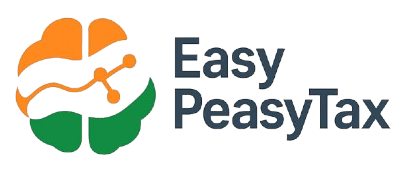If you trade in the Futures & Options (F&O) segment, you need to be extra careful when filing your Income Tax Return (ITR). The Income Tax Department treats F&O trading income differently from regular salary or investment income, and incorrect reporting can lead to scrutiny or penalties.
Let’s break down how to report it accurately in your ITR for AY 2025–26.
1. Understand How F&O Income is Classified
- Tax Category: F&O trading income is treated as business income (even for individuals).
- Nature of Income: It is considered non-speculative because it’s executed on recognized stock exchanges.
- Applicable ITR Form:
- ITR-3 – For individuals/HUFs with income from business or profession.
2. Maintain Proper Books of Accounts
If your turnover exceeds the limits specified under Section 44AB, tax audit becomes mandatory.
For F&O:
- Turnover Calculation: Sum of absolute profits & losses for all trades during the year.
- Maintain records of:
- Trade statements from your broker
- Contract notes
- Bank statements
3. Tax Audit Rules for F&O Traders
- Mandatory Audit If:
- Turnover > ₹10 crore, OR
- Turnover between ₹2 crore and ₹10 crore without opting for presumptive taxation under Section 44AD, OR
- Loss incurred and total income exceeds basic exemption limit without opting for presumptive taxation.
- Presumptive Taxation: You can declare income at 6% of turnover (digital transactions) under Section 44AD, but audit exemption conditions apply.
4. Reporting in ITR
In ITR-3, you must:
- Choose “Business or Profession” as the source.
- Select “Trading in Derivatives” under the business code.
- Report turnover, expenses, and profit/loss in the Profit & Loss section.
- Pay tax as per the applicable slab rates.
5. Advance Tax & Other Considerations
- If your tax liability exceeds ₹10,000 in a year, pay advance tax in four installments to avoid interest under Sections 234B & 234C.
- Claim business-related expenses like internet, depreciation on computer, and subscription charges.
💡 EasyPeasyTax Tip: Don’t ignore losses! Declaring them properly allows you to carry forward and set off against future profits for up to 8 years. Losses can only be carried forward if your ITR is filed before the due date.
Final Word
F&O income reporting might sound complex, but with the right classification, record-keeping, and timely filing, you can stay compliant and even optimize your tax liability. If you’re unsure, consulting a tax professional can save you both money and headaches.
